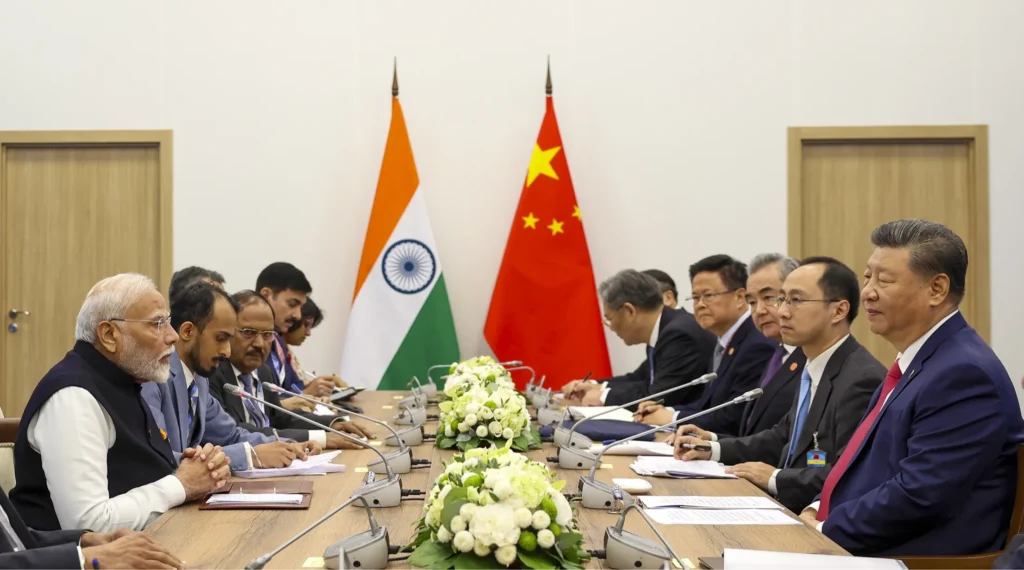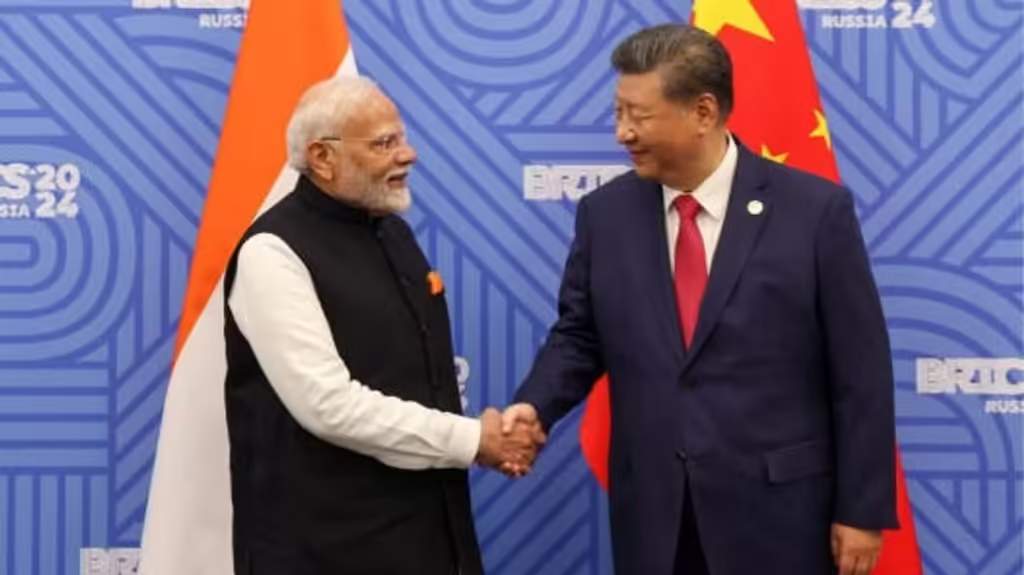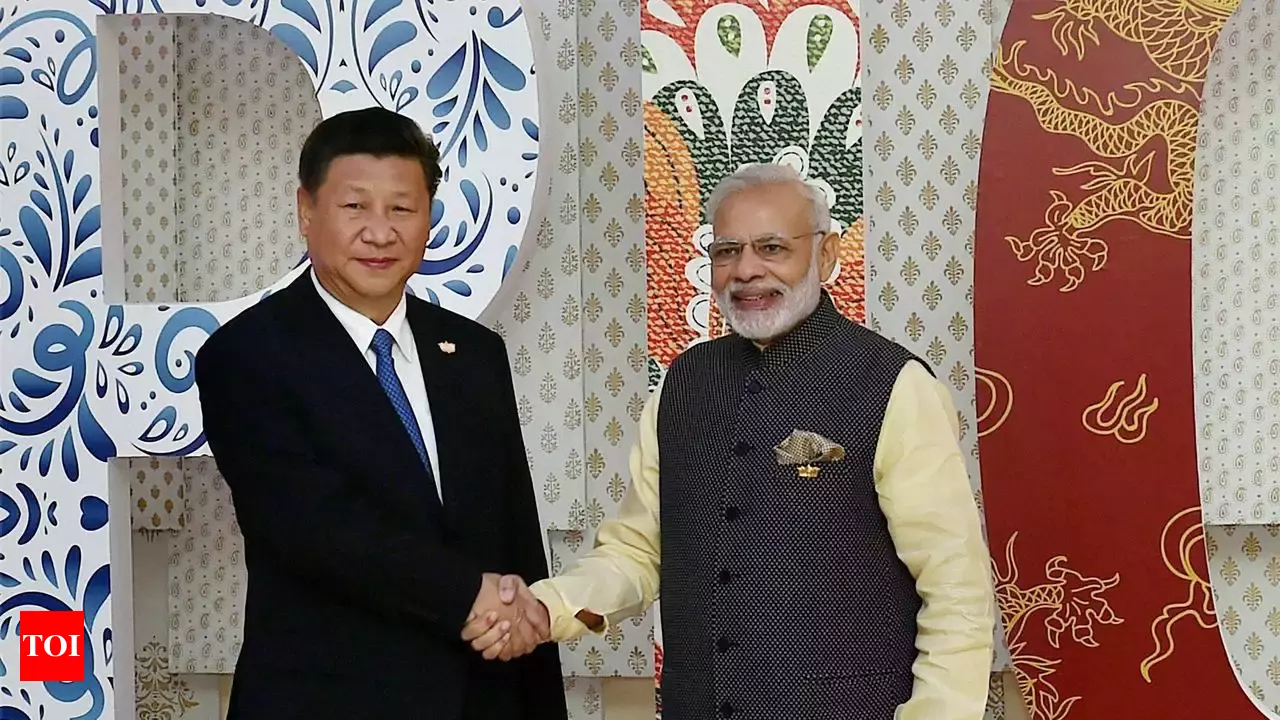Key highlights:
What has been going on between India and China since border skirmishes this summer was months of diplomatic stalemate, a major diplomatic breakthrough was seen in October 2024. The deal which recently came between Indian Prime Minister Narendra Modi and Chinese President Xi Jinping was the result of months of concerted effort by way of diplomatic efforts followed by strong lobbying by Indian businesses. The diplomatic win-the step it is called toward de-escalating border tensions-highlights the influence that India’s most senior CEOs played in brokering this outcome. For them, a stability of relations between the two biggest economies in Asia assumes especial importance, as an otherwise prolonged confrontation may bear serious economic implications.
Border Tensions and Economic Repercussions
India and China, both mighty economic powers, had a squabble since the 2020 clash in the Galwan Valley, which made both sides increase more troops along the LAC. This battle had a significant effect on trade, investment, and supply chain flows between these nations. India confined Chinese tech firms and eliminated several collaborations, while China retaliated by imposing tariffs and other measures. Such events have devastated industries, particularly those dealing with electronics, most of which is a Chinese import.

Indian CEOs, cutting across technology, pharmaceuticals, and manufacturing companies, all started to feel the pinch of these tensions in their daily operations. A large number of firms dependent on the Chinese supply chain bore the brunt of unabated delays and mounting costs. These economic pressures turned many Indian business leaders into supplicants before the government, who were later significant contributors toward diplomatic developments recently.
Indian CEOs in Policymaking
During 2023-2024, India’s top CEOs lobbied the government with regard to easing the tensions with China. They argued that continuing the stand-off could very badly affect the Indian economy at a time when the global markets continued to be seriously volatile because of the great post-pandemic challenges thrown by lockdown-related depressions. The Confederation of Indian Industry (CII) along with other industry bodies has raised considerable voice from across the borders to the government authorities to let the economic relations with China be revived in order not to hamper the progress mutually while national security remains the prime concern.

It was their arguments that chanced to accord well with the government, which was already trying hard to find a delicate balance between maintaining a strong stand on security and promoting growth. The CEO’s pressure was what pushed the diplomatic means that later led to the breakthrough.
The Diplomatic Breakthrough
Indian and Chinese officials have agreed to deescalate tensions along the border ahead of the BRICS summit in October 2024. The bilateral dialogue ultimately led to restoring patrolling rights for both countries in areas that have been disputed since 2020. This understanding, just less than a week before the BRICS summit, cleared the way for a Modi-Xi meeting on the sidelines of the event.
Although the details of the agreement are sketchy, one thing is certain – the leadership in both countries has signed an agreement to keep peace in their geopolitical border, called LAC. The disengagement from friction points such as Depsang Plains and Demchok marked a shift point in India-China relations. This breakthrough, if successful, could provide salvation from further military escalation that would have triggered disastrous consequences for both economies.
What Does the Breakthrough Mean for Trade?
The restorations of relative peace along the border likely open doors to renewed economic cooperation. India has diversified trade partners for years but still, China is one of the largest trading partners for India. Bilateral trade stood at $135 billion by 2023 and witnessed a huge trade imbalance in favor of China. This has resulted in Indian business lobbies demanding a more balanced approach that includes efforts to boost domestic manufacturing with programs like “Make in India.”
But one cannot discount the Chinese import dependency especially in critical sectors like electronics and pharmaceuticals. The diplomatic development will ease some of that pressure on those sectors as businesses hope that the two governments work in order to reduce trade barriers and engender a more stable environment for investments.
The Future Forward
This recent agreement marks a big, important diplomatic triumph, but much still remains to be done to secure long-term peace and stability. The statesman in Modi is under the same forces of his domestic constituencies, and that to a large degree is preventing him from pushing further forward with a peace formula. Skepticism about China’s intentions lingers across India, particularly against the backdrop of previous instances of border agreements being violated repeatedly. For China, it remains something of a delicate balancing act to play, maintaining a tough stance on territorial issues and at the same time engaging with India to achieve economic success.
The business community in India shall always play a crucial role in framing the future of these relations. Indian companies would always look at China’s market, which boasts the maximum consumer base, as an attractive option while looking to invest globally. Similarly, Chinese companies are not averse to capitalizing on the youngIndian economy, especially its technology and infrastructure sectors.
Conclusion
The recent breakthrough between Modi and Xi is a hopeful turn in the complex, knotty relationship of India and China. Though economic interests drove the negotiation, one cannot deny that sustained diplomatic efforts are needed to maintain stability. Indian CEOs, while advocating peaceful solutions, have shown that if economic diplomacy outweighs the country’s priorities, this will settle the geopolitics. Exactly how this new chapter in the relationship of these two nations will be tackled remains to be seen; however, the world will surely be rapt with attention and excitement about how these two giants find the right balance between competition and cooperation.
For Latest News Updates Click Here
